|
If the Minolta MD Rokkor-X 100/2.5 we looked at previously is the definition of a sleeper, the subject of this post is anything but. I feel quite safe in postulating that there has been more virtual ink spilled over the Nikkor 105/2.5 (in all its guises) than any other medium (75-105mm) telephoto of the vintage 35mm era :-). Well, let's spill a little more, but hopefully we will cover some fresh territory in the process and see why Nikon kept this lens design all the way to the end of the film era in the early 21st century and why it remains one of the best performance-to-price ratio vintage lenses you can lay your hands on today :-). Origins The lineage of the 105/2.5 Nikkor can be traced to Nikon's (Nippon Kogaku at the time) earliest post-WWII efforts to establish themselves as a player in the 35mm rangefinder camera market, over 75 years ago. Design work on the 105/2.5 itself (labelled 10.5cm, as was industry practice into the 1960s, in many cases) was started in 1949 by Zenji Wakimoto, but the basic optical layout was derived from the Sonnar-type 85/2 Nikkor-P (also labelled as 8.5cm; with the P = Pente = 5 elements) that Saburo Murakami had started development of in 1946 and was released for production in 1948 with Wakimoto continuing to improve the design over the following year or so before embarking on the 105/2.5 project. The similarities can be clearly seen below. It was the 8.5/2 Nikkor-P that put Nikon on the map with photojournalists, when LIFE photographer David Douglas Duncan was introduced to it by Japanese photographers Ryuichi Murai and Jun Miki in June 1950. Upon seeing a portrait of himself snapped by Miki-san, Duncan was duly impressed and the very next day they travelled to the Ohi plant where Nikon was producing its lenses at the time. Duncan purchased the 5cm/1.5 and 13.5cm/4 Nikkors in M39 Leica Thread Mount (LTM) directly from the factory and had both lenses with him when the Korean War broke out later that month. The resulting images in LIFE magazine made both Duncan's and Nikon's reputation. The 10.5/2.5 Nikkor-P was released for production in the spring of 1953 (coincidentally, about six months after the end of the Korean War) and went on sale in mid-'54 in both M39 LTM and the Nikon S rangefinder mount. Almost 22,000 rangefinder 10.5/2.5s were produced (predominantly in S-mount) by Nikon, edging out its illustrious progenitor, and a sign of even greater popularity to come in SLR (single-lens-reflex) form. With Nikon's decision in 1957 to prioritize development of the F-mount SLR, there came a fresh challenge for their optical designers. Because the addition of the reflex mirror mechanism necessarily pushed the rear of the lens further away from the film plane, designers could not simply change the mount of the S-mount rangefinder lenses to F-mount and be done with it. Compensation had to be made for the increased distance (termed back-focus). The 8.5/2's formula simply could not be compensated enough, so Nikon abandoned any thought of adapting it to F-mount and began development of a clean-sheet 85mm lens designed for the SLR from the outset. However, by making a 1.0mm reduction in the thickness of the rear-most fifth element of the 10.5/2.5, Wakimoto was able to achieve sufficient back-focus for the F-mount with the imaging characteristics of the lens remaining virtually unchanged, permitting the lens to debut among the original six F-mount lenses that accompanied the Nikon F in June 1959. The 10.5/2.5 in F-mount was a massive hit, with sales of over 131,000 units from 1959 to 1971, remaining Nikon's most popular short telephoto (the 6-element 85/1.8 Nikkor-H in F-mount, finally released in 1964, sold just under 75,000 copies by 1971). Nevertheless, Nikon would not rest on its Sonnar-based laurels; they felt that they could still improve the mighty 105. And they would be right :-). In similar fashion to Wakimoto's standing on the shoulders of Murakami to reach even greater heights of Nikkor performance with the 85/2, in 1966 Yoshiyuki Shimizu, Wakimoto-san's prized pupil, developed an entirely new version of the 105/2.5, based on the Xenotar optical layout. That Nikon waited another four-and-a-half years to introduce it to the buying public was a testament to just how well the Sonnar-type 105/2.5 was doing. A 16-year run for any lens design has to be considered a success :-). But the new 105 would make that achievement look merely ordinary, and would go on to sell for a staggering 34 years with the only optical changes consisting of improvements in coatings, making it the longest-lived F-mount Nikkor optical design, ever. The new and improved 105/2.5 would sell 138,000 units in just under four years, eclipsing the 12-year total of the original F-mount lens. By the end of a decade in existence it had tacked on another 214,000 sales for a total of over 352,000 in 10 years, with the AI version being the most popular, averaging sales of 3,275 per month from Sept. 1977 to Sept. 1981. The final AI-s iteration would be the most numerous of any generation with almost 164,000 sold in the remaining 24 years of production, a remarkable achievement for a manual focus (MF) lens that lived all but four of those years in the auto focus (AF) era, when MF sales had dropped by 90% by the end of the 1980s. All versions of the 105/2.5 were designed with portraiture as a main priority and aberration correction was weighted towards closer focusing distances, particularly with the Sonnar version. Spherical aberration was slightly undercorrected to provide improved background bokeh and a gentler falloff from focused to out-of-focus areas at the expense of a bit of overall sharpness, which suited portraits just fine. Astigmatism at infinity was also undercorrected in favor of full correction at closer distances. Wakimoto chose to undercorrect for coma, too, so as to keep contrast a bit more muted. There is no big jump in contrast as you stop down with the Sonnar as compared to many other vintage lenses of the time, and as we will see next, the new Xenotar version of the 105. How many times is a sequel to a great book or movie even better than the original? It happens just often enough to be noteworthy but is definitely on the rare side. When Nikon set Shimizu-san to the task of redesigning the already-legendary 105/2.5, he had the unenviable task of trying to improve the lens technically, while not losing any of the "je ne sais quois" of its ancestor. To say he succeeded would be an understatement, although, of course, there are dyed-in-the-wool Sonnar fans that still look upon the Xenotar with disdain ;-). With any basic optical formula, there are inherent strengths and weaknesses, and optical designers have to prioritize where they will spend their limited optical correction budget. The adoption of the more symmetrical Xenotar layout for the new 105/2.5 versus the strongly asymmetric Sonnar gave Shimizu more freedom in some areas:
Whereas the Sonnar maintains a very consistent look and makes smaller gains in contrast upon stopping down, the Xenotar is very portrait-friendly from f/2.5 - f/4, but flips a switch at f/4 - f/5.6 with a distinct boost in contrast and sharpness. That makes it a bit more versatile, being very effective for landscapes out to f/11 or so before diffraction starts creeping in. On the iterations with f/32, you would be best served to avoid that aperture setting, as diffraction is going to negatively impact image quality far more than any gain in depth of field will yield benefits, and that is likely why Nikon chose to go back to an f/22 minimum aperture with the final AI and AI-s generations. 105/2.5 Nikkor Versions The fact that the 105/2.5 was produced in quantity in both optical versions means that prices remain reasonable and availability is not an issue. In then-classic Nikon form, all versions conveniently took 52mm filters and other lens accessories (not so much nowadays ;-)). The pre-AI Sonnars remain the least expensive (starting at around $100 USD in Very Good to Excellent condition) with values incrementally rising with each generation and the latest AI-s copies on top at $250 - $300 USD in Excellent condition. Here is a brief identification rundown of each major iteration:
A Tale of Two Nikkors - Which Will You Choose? Your personal vision of what you want out a lens will be the most important factor in deciding whether to go Sonnar or Xenotar. If you prefer lower contrast, more propensity for flare, and are not a resolution or sharpness junkie, the Sonnar could hold more appeal. If you want more versatility, with the ability to crank up contrast and sharpness with a twist of the aperture ring, the Xenotar might be more your speed. You cannot go wrong with any version of the 105/2.5 Nikkor for portraiture. Personally, the AI-generation (or an AI-converted K-generation) hits a nice balance for me, for the following reasons:
A plus of having 46 years-worth of lenses in six major iterations to choose from is the ability to drill down and find one with the most appealing combination of features for you personally:
As with most vintage Nikkors, you may very well encounter a copy with a dry-feeling or stiff focusing ring due to decomposition of the grease in the helicoids. Any version of the 105/2.5 is definitely worth a re-grease/CLA and that will make the lens an absolute joy to use. Wrap-Up While there are plenty of excellent manual focus Nikkors to be had these days, the 105/2.5 remains the best combination of capability, availability, and accessibility for the focal length, in my books. My early-production AI version remains my favorite Nikkor, regardless of whether it's mounted on an F2, N2000, F90X, or a D300 (I just back up a little farther due to the APS-C crop factor ;-)). For portraits...set it at f/2.5 and forget it; for landscapes...f/8 and be there. It cares not about whether the camera is an all-mechanical classic, a noisy 1980s film-burner, an icky-sticky, polycarbonate-encrusted '90s AF model, or a newfangled, yet already "obsolete" DSLR ;-). In other words, a timeless lens :-). References: The Thousand and One Nights No. 5 @ https://imaging.nikon.com/history/story The Thousand and One Nights No. 36 @ https://imaging.nikon.com/history/story The Thousand and One Nights No. 45 @ https://imaging.nikon.com/history/story One Minute Story - 1950 @ https://www.nikon.com/about/corporate/history Nikkor Rangefinder Lenses Sales Brochure @ https://www.pacificrimcamera.com Nikon Dealer Notebook 1965-66 @ https://www.pacificrimcamera.com Nikon Dealer Notebook - SLR Lenses (1988) @ https://www.pacificrimcamera.com Roland's Nikon Pages @ http://www.photosynthesis.co.nz/nikon/lenses.html
12 Comments
Grant Goodes
10/13/2022 03:42:32 pm
Excellent overview on one of the truly essential MF Nikkors. An early 105/2.5 AIS was one of the first two lenses I paired with my FE (the other being an AI’ed 24/2.8). When I upgraded to an FE2 I traded my original 105/2.5 for a micro 105/2.8 and my 24/2.8 for an f/2. Never regretted the loss of the AI’ed 2.8 (especially after the focusing seized on a trip to Paris) but I eventually came to realize I’d screwed up with the 105mm: The f/2.5 AIS was just a perfect street portrait lens, and though I did take advantage of the macro capabilities of the f/2.8, it simply didn’t have the magic of the smaller (and cheaper!) lens.
Reply
C.J. Odenbach
10/13/2022 06:22:37 pm
Hi Grant,
Reply
Melvin Bramley
10/23/2022 05:28:35 pm
Many years ago i did 'visual call it subjective comparison of a Nikon pre Ai 105 mm to a Mamiya M42 mount 135mm f2.8.
Reply
C.J. Odenbach
10/25/2022 12:50:09 am
Hi Melvin,
Reply
1/7/2023 09:56:44 am
Thank you for the review of a great old lens. I have had several versions of the 105mm over the years, including the Ai, and all have been really nice. I recently sold my older Nikkor P version (it was Ai'ed) and currently own a more recent non-Ai Nikkor P and the AiS version. Hard to ever imagine selling those.
Reply
C.J. Odenbach
1/7/2023 10:40:23 am
Hi Gil,
Reply
7/28/2023 07:58:54 am
Possibly my favorite of all the Nikkor's I've loved before. Upon switching to Nikon from Olympus in '89 (my camera repair guy said "I'm sick of fixing your Olympuses...here." and he shoved a beater '72 F2 across the counter. I still own it and shoot it.)...anyway...the 105 became a go-to for me. Slightly longer than the 85, slightly shorter than the 135 which I felt was too tight for documentary portraiture. Thanks for these articles.
Reply
C.J. Odenbach
7/28/2023 08:41:33 am
Thanks for the great comment and story, Matt. I too prefer the 100-105mm look and perspective to either the 85s or 135s. It just feels right for me. Best regards.
Reply
I just bought a 105 P-C (#505711) that has been properly AI'd for my collection! While the one I used was the rubber ring late model, there's something nice looking about the scalloped ring on this model.
Reply
C.J. Odenbach
4/10/2024 10:30:50 pm
Ehhh...anybody that frequents this website needs therapy, Matt ;-). There are plenty of things worse to medicate with than lenses, especially an AI'd 105/2.5 P-C. Glad you found one to your liking and to keep your FM2n company. Enjoy! :-) 4/10/2024 06:59:55 pm
Thanks for a great & informative write-up! I have been testing a Nikkor P Xenotar on my gfx and was shocked at the top quality it delivered, hence I looked up some reviews to catch up on what others' already knew!
Reply
C.J. Odenbach
4/10/2024 10:38:55 pm
Hi Kyle. Nice to hear from a fellow Albertan, and a Derwentian at that :-). Glad to hear that you enjoyed the article. Also nice to hear how the 105 performs on a GFX. I really enjoy seeing the blending of old and new when it comes to photography. Enjoy the spring, now that its (hopefully ;-)) finally here, You know Alberta ;-).
Reply
Your comment will be posted after it is approved.
Leave a Reply. |
C.J. OdenbachSuffers from a quarter-century and counting film and manual focus SLR addiction. Has recently expanded into 1980's AF point and shoots, and (gack!) '90s SLRs. He even mixes in some digital. Definitely a sick man. Categories
All
Archives
June 2024
|
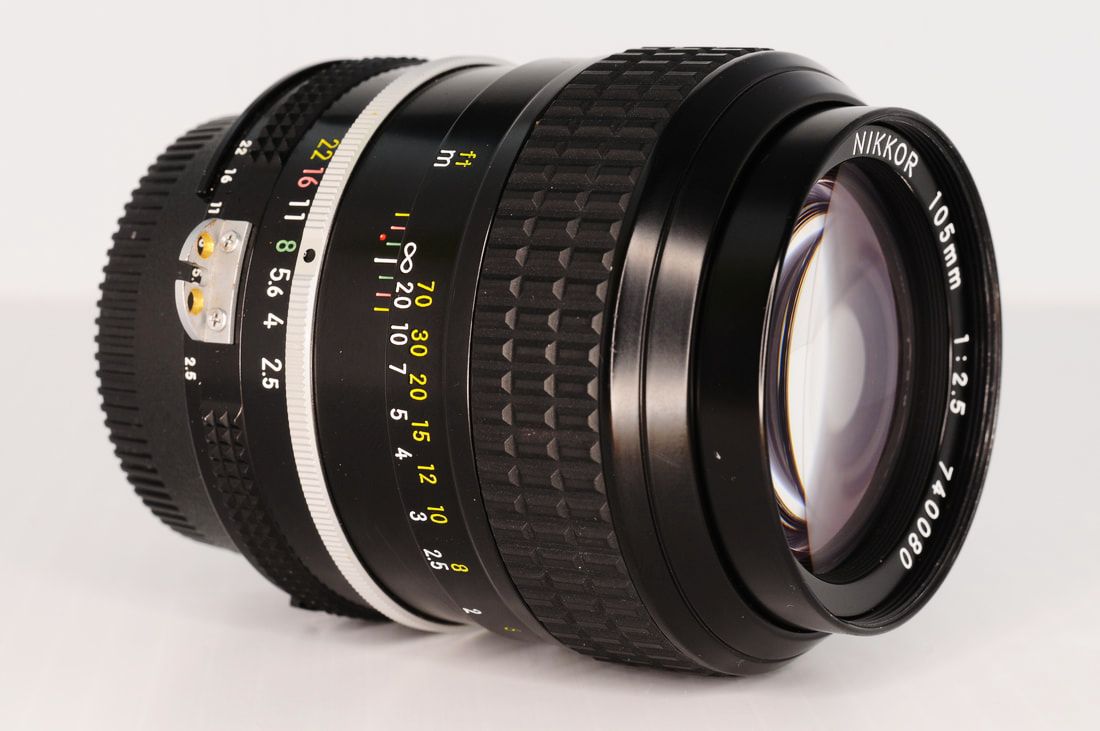
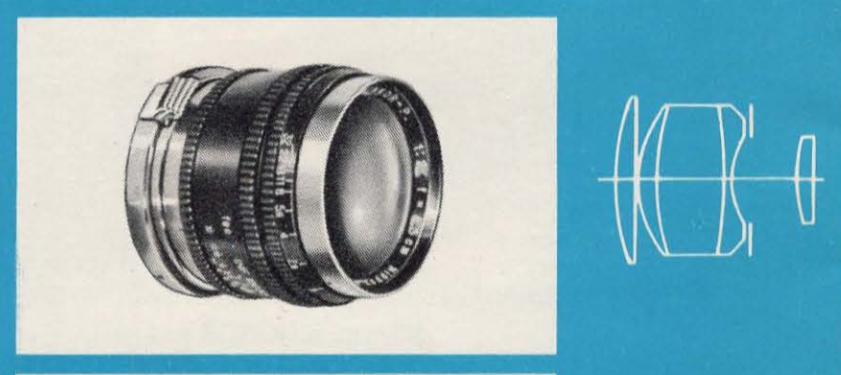
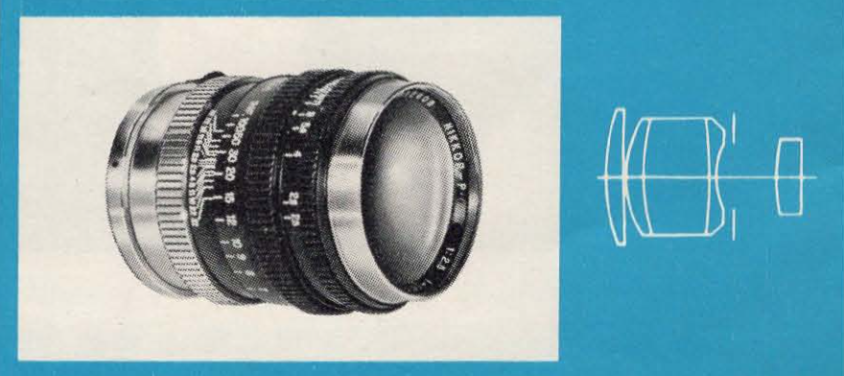
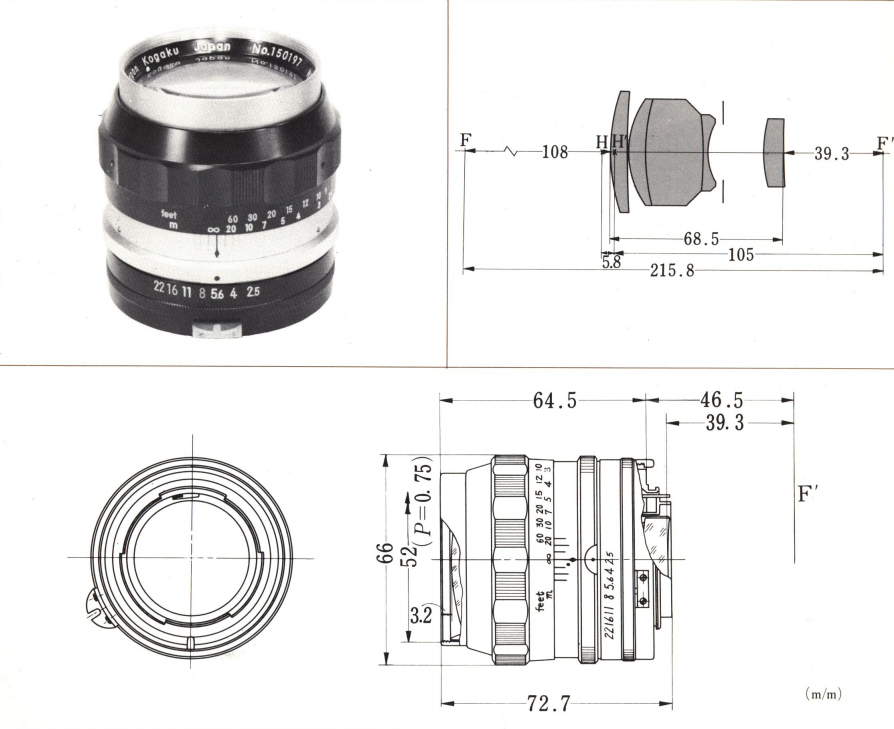
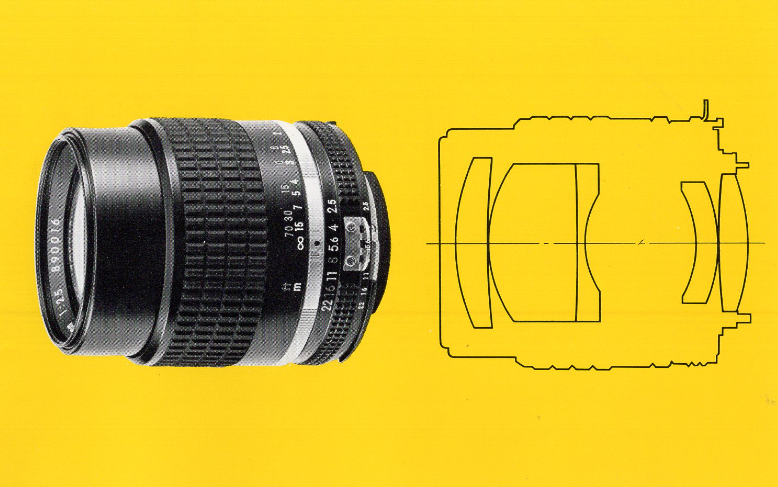
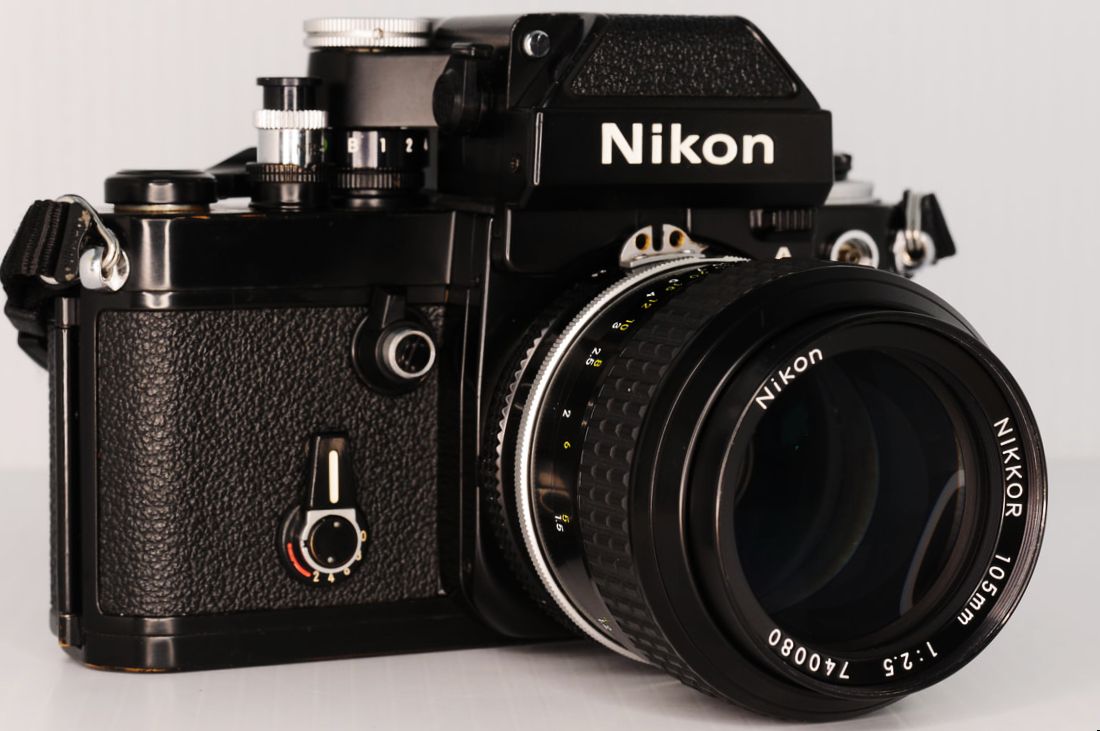
 RSS Feed
RSS Feed